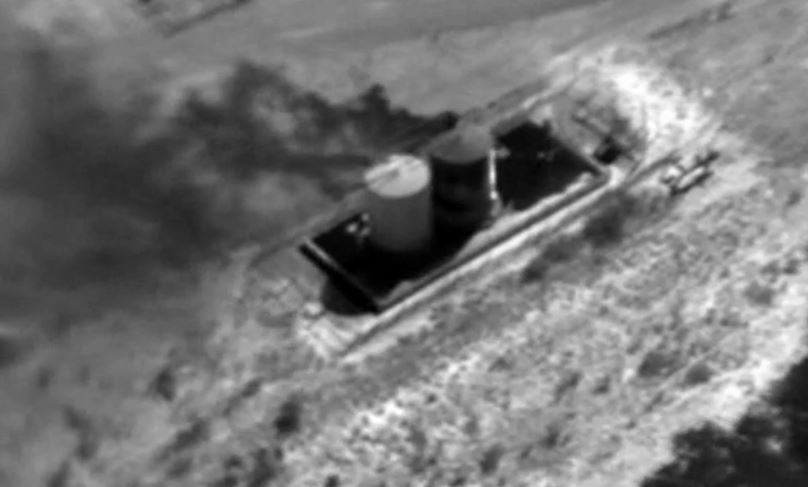 A study published today in Environmental Science & Technology confirms official figures from the Environmental Protection Agency showing that an enormous amount of methane – about 80 billion cubic feet per year – is escaping from thousands of key nodes along the nation’s natural gas interstate pipeline system. This equals the 20-year climate impact of 33 coal-fired power plants and more than $240 million worth of wasted natural gas per year, enough to meet the yearly heating and cooking needs of over a million U.S. households.
A study published today in Environmental Science & Technology confirms official figures from the Environmental Protection Agency showing that an enormous amount of methane – about 80 billion cubic feet per year – is escaping from thousands of key nodes along the nation’s natural gas interstate pipeline system. This equals the 20-year climate impact of 33 coal-fired power plants and more than $240 million worth of wasted natural gas per year, enough to meet the yearly heating and cooking needs of over a million U.S. households.
The study also shows the limitations of voluntary measures to address the industry’s methane problem. Companies that volunteered for this study, for example, reported emissions 30 percent lower than companies that were not involved. For some equipment, the difference was more than seven-fold. The performance gap between volunteer and non-volunteer companies reinforces doubt about industry claims that it can manage methane emissions on its own, underscoring the need for standards that create a level playing field across the sector.
Major Challenge, Big Opportunity
The study also confirms that major emission sources are widely distributed, intermittent, and unpredictable. In this case, a relatively small number of large leaks from ill-performing equipment and facilities accounted for 40 percent of the methane leaking from the country’s pipeline transmission and storage infrastructure. Read More

 The Environmental Protection Agency (EPA) is soon expected to propose its new “enhanced”
The Environmental Protection Agency (EPA) is soon expected to propose its new “enhanced” 

